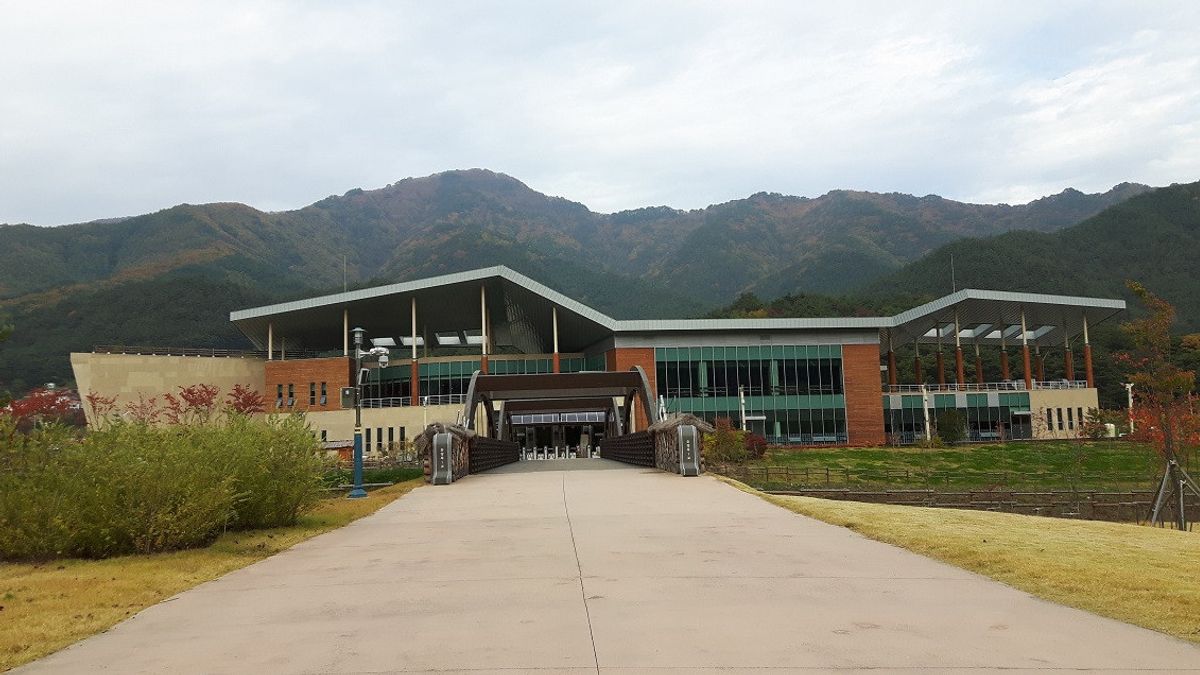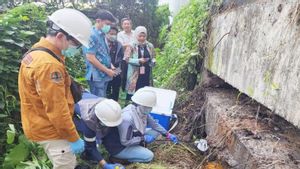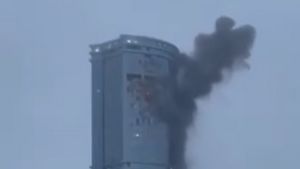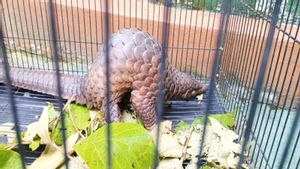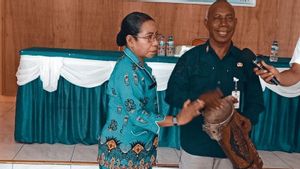JAKARTA - South Korea has built a special place designated as a storage area for about 100 thousand seeds of wild and endangered plants, which come from thousands of different plant species.
Designed as an important storage area, this facility is designed to withstand natural disasters, climate change, to the most devastating nuclear war.
The idea is to anticipate the extinction of plants as feared by South Korean scientists, as well as preparation for the 'doomsday'.
"Baekdudaegan National Arboretum Seed Center Stores nearly 100,000 seeds from about 4,751 different plant species, to ensure plants don't become extinct due to apocalyptic events," said the facility's person in charge, Lee Sang-yong.
There are only two facilities like this in the world. Another one is in the Svalbard Archipelago, which is remotely far off the North Pole. Its function is more or less the same, storing food plant samples.
The facility is built in the safest place in South Korea and is designed to withstand a magnitude 6.9 earthquake or even a nuclear attack. The location itself is located in Chunyang-ro, Chunyang-myeon, Bonghwa-gun, Gyeongsangbuk-do.
Designated a security installation by South Korea's Intelligence Service, the facility including the tunnel is located 46 meters underground, surrounded by a wire fence and dozens of cameras. Of course there are security guards on duty in this area around the clock.
The researchers believe that storing plant seeds in a facility like this should not be neglected in anticipation of the future. Including the original sources of plants that we consume daily today.
This storage facility has a temperature that is regulated to be stable in conditions around minus 20 degrees Celsius. The total storage facility is capable of storing approximately two million plant seeds.
Note that many plant relatives in the wild that can provide genetic diversity, to aid long-term food security, lack effective protection, according to the United Nations.
Meanwhile, the Royal Botanic Gardens Kew in a report last year said wild plants have potential as future medicines, fuels and food. However, about two-fifths of them are threatened with extinction, mostly due to habitat destruction and climate change.
The English, Chinese, Japanese, Arabic, and French versions are automatically generated by the AI. So there may still be inaccuracies in translating, please always see Indonesian as our main language. (system supported by DigitalSiber.id)
